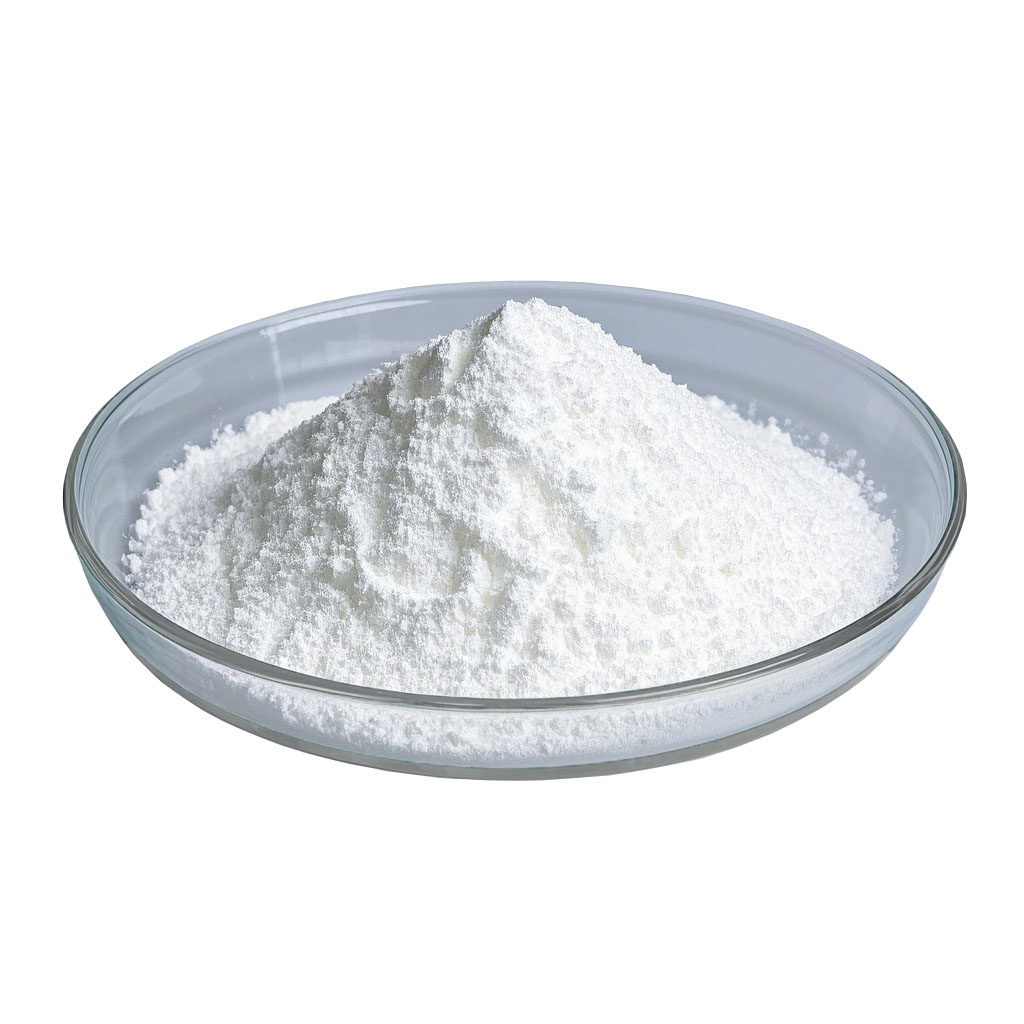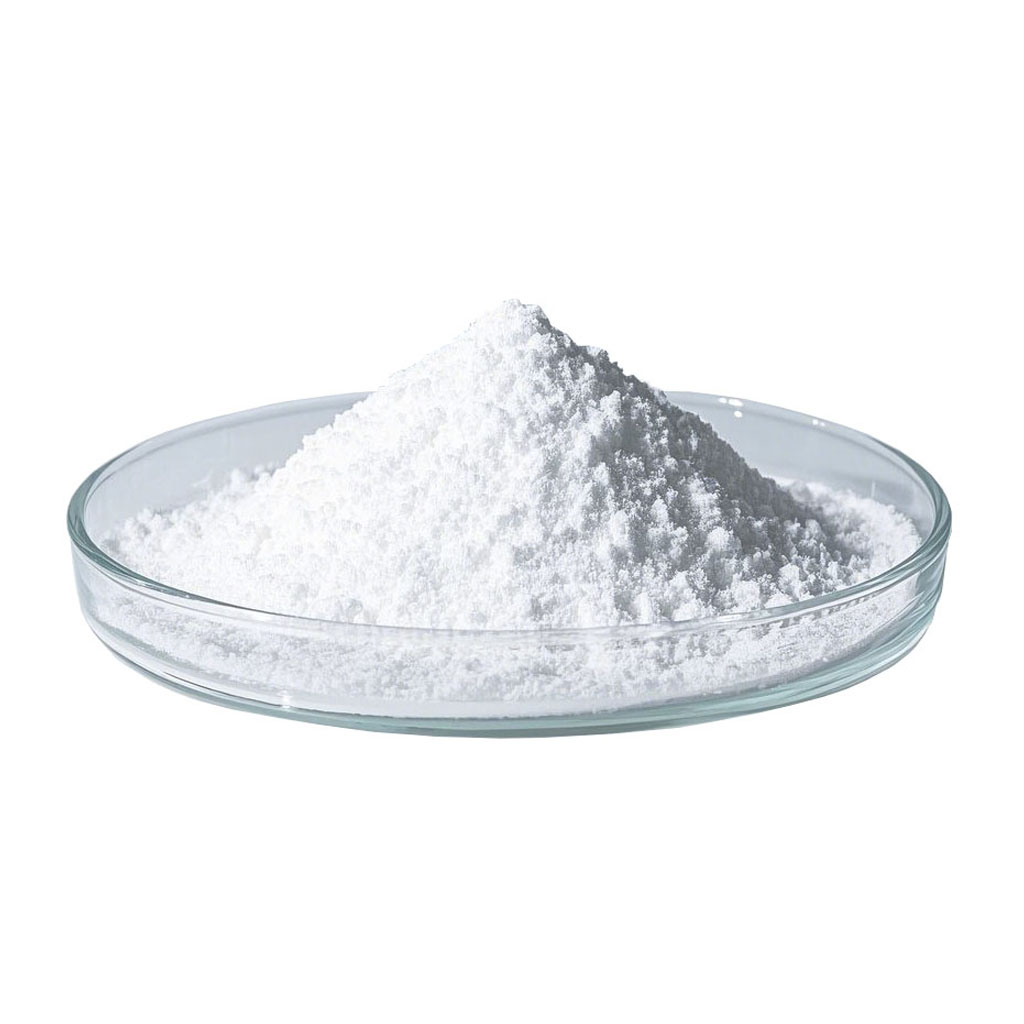Search By Posts
Product Category
Industry News
 By Admin
By Admin
2-Hydroxyethylhydrazine: Chemical properties, applications and safety considerations
2-Hydroxyethylhydrazine (2-HEH) is an important organic compound that is widely used in many industries, especially in pharmaceuticals, agricultural chemistry and chemical synthesis. As the research on this compound deepens, its multiple uses and potential safety issues have gradually become the focus of attention in the industry.
Chemical properties and structure
The chemical formula of 2-Hydroxyethylhydrazine is C2H8N2O, and its molecular structure contains a hydrogen urea group and a hydroxyethyl side chain. It is usually a colorless liquid with strong hydrophilicity. Its molecular structure contains electrophilic nitrogen atoms, which makes it highly reactive in chemical reactions, especially when reacting with organic compounds such as aldehydes and ketones.
Main applications
Drug synthesis
2-Hydroxyethylhydrazine is a key intermediate in the synthesis of some drugs. It reacts with other compounds to generate active molecules used in anticancer, antiviral and other drugs. In the chemical pharmaceutical industry, 2-HEH is mainly used to prepare some drug molecules containing nitrogen groups.
Agricultural chemistry
This compound also has certain applications in agricultural chemistry, especially in the synthesis of pesticides and herbicides. Its hydrophilicity and reactivity enable it to participate in the synthesis of some new pesticide molecules, thereby improving the pest control effect in agricultural production.
Chemical research
In laboratory chemistry, 2-Hydroxyethylhydrazine is used as an important reducing agent and intermediate, especially in organic synthesis, catalyst research and other chemical reactions.
Safety considerations
Although 2-Hydroxyethylhydrazine has important applications in many industries, its chemical activity and biological toxicity require special attention to safety issues during its use. 2-HEH is a toxic substance that may cause irritation to the skin, eyes and respiratory system after contact, and even cause serious health risks.
Toxic effects
Long-term contact or high-concentration inhalation of 2-Hydroxyethylhydrazine may cause damage to the liver, kidneys and central nervous system. In addition, it is also considered a potential carcinogen. Therefore, when using 2-HEH, safe operating procedures must be strictly followed and appropriate personal protective measures must be taken.
Storage and Handling
Due to the potential harm of 2-Hydroxyethylhydrazine to the environment and human body, special attention should be paid during storage and transportation to prevent leakage or contact. In laboratory and industrial applications, appropriate ventilation systems and emergency handling equipment must be equipped to deal with accidental leaks.


 English
English 中文简体
中文简体
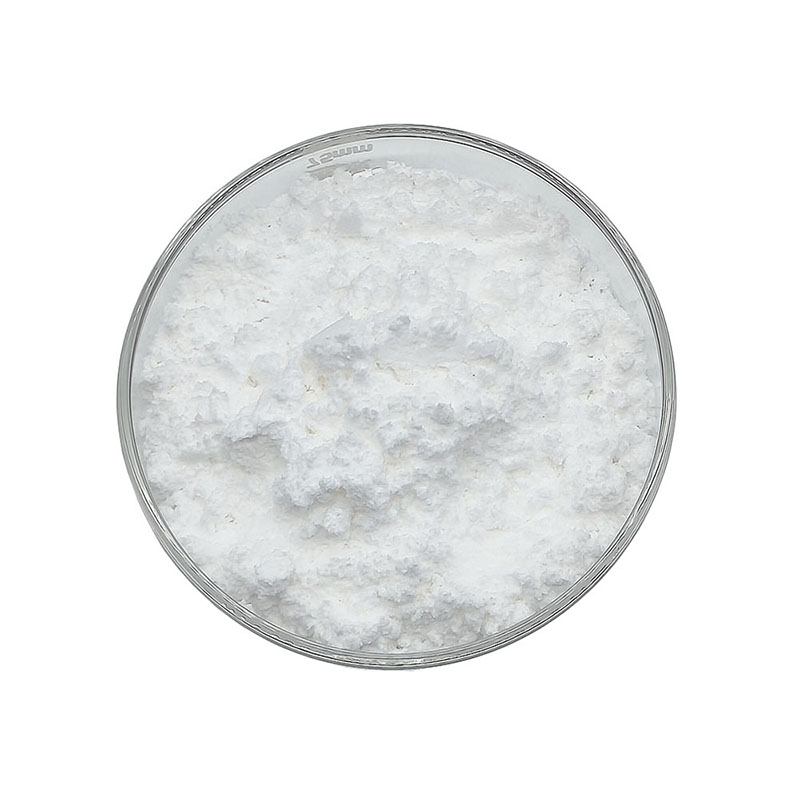
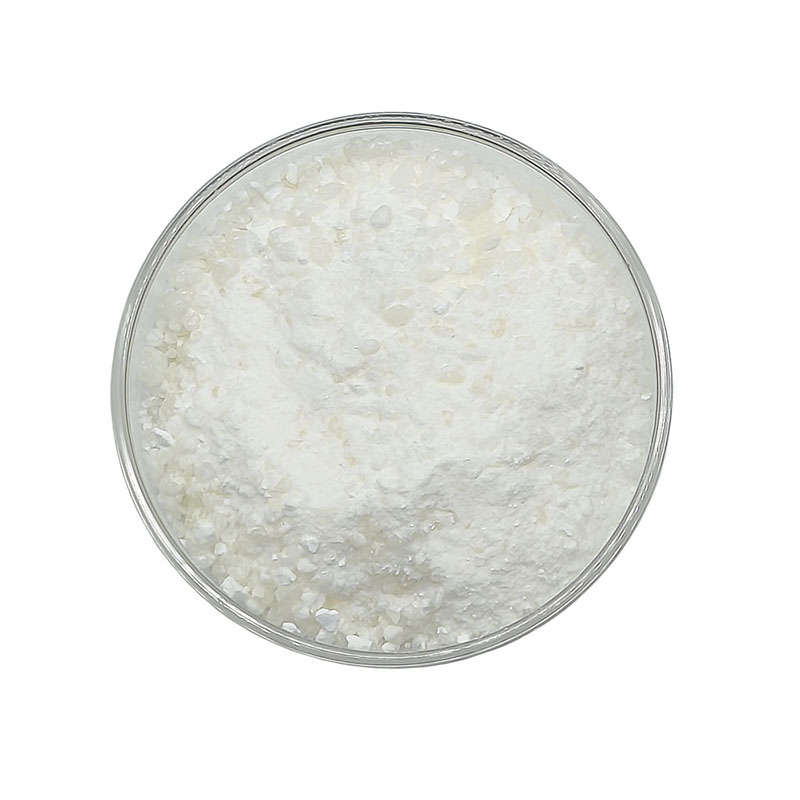
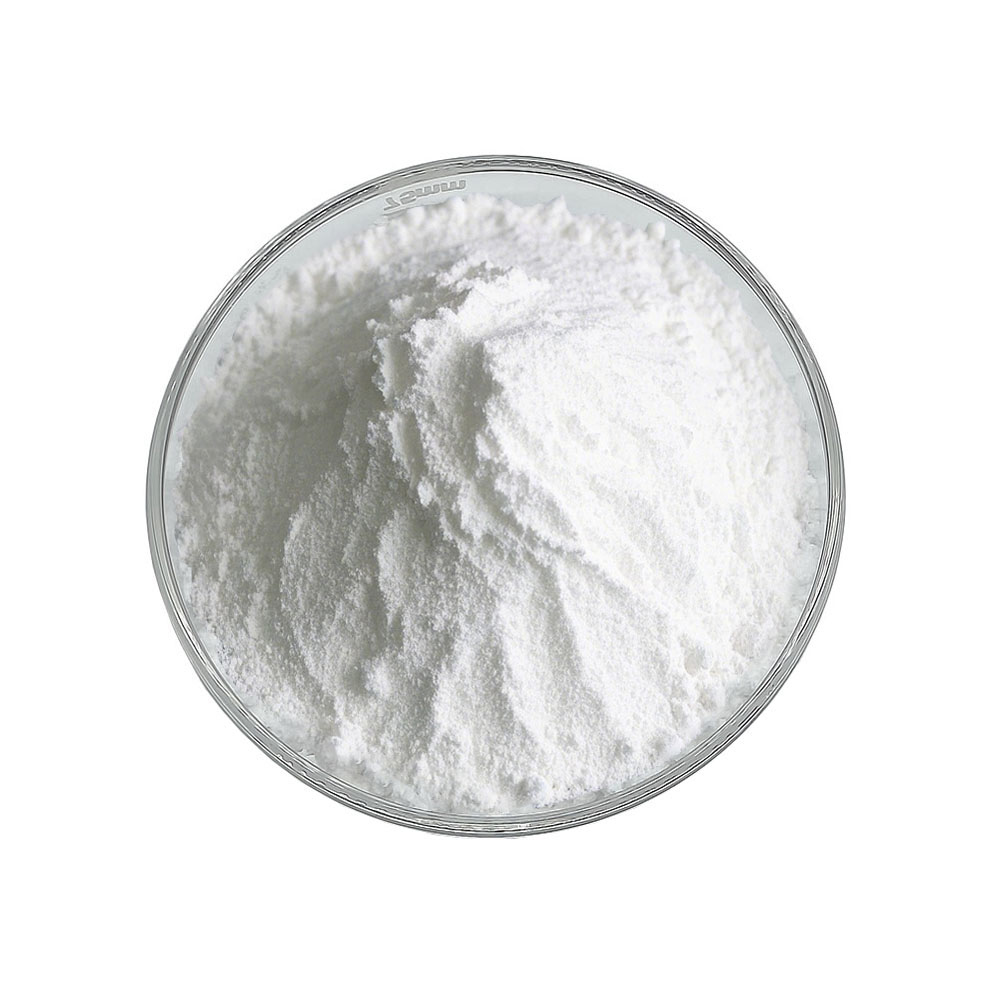
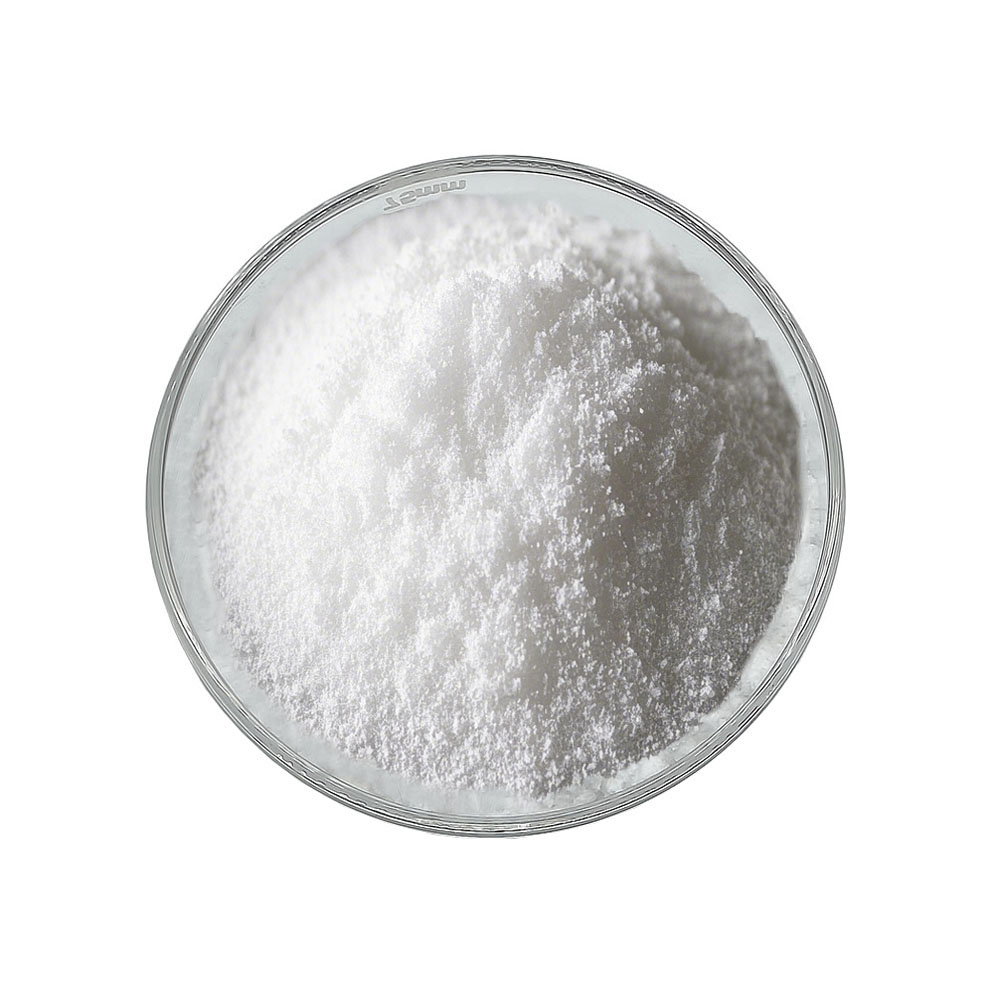

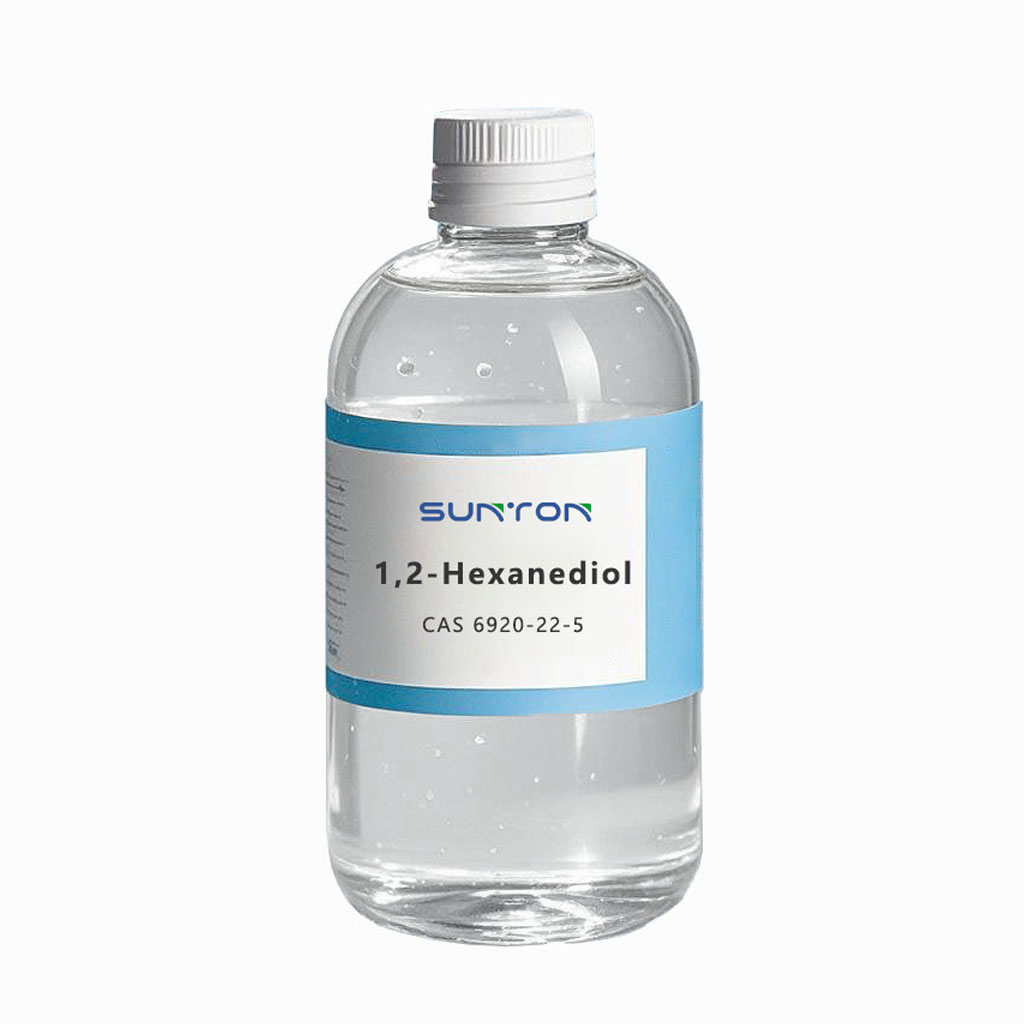

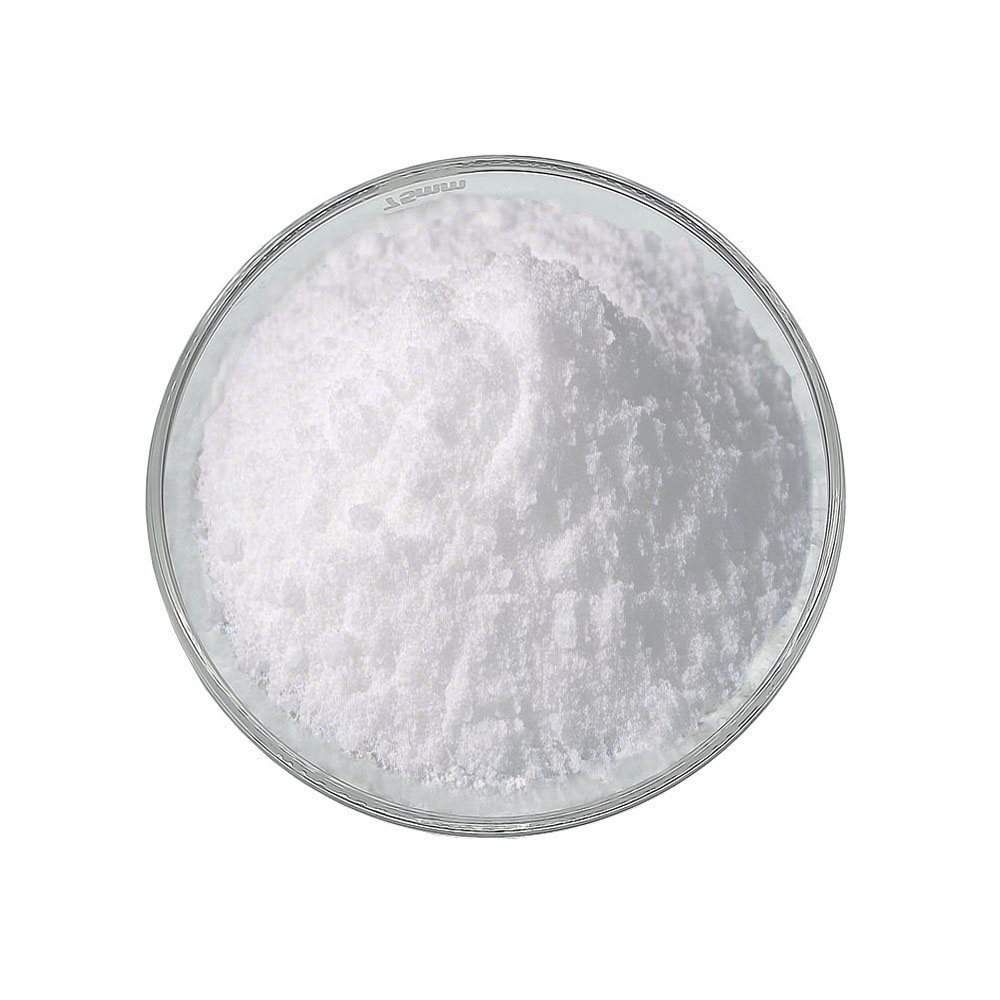

![1,1'-(isopropylidene)bis[3,5-dibromo-4-(2,3-dibromo-2-methylpropoxy)benzene] 1,1'-(isopropylidene)bis[3,5-dibromo-4-(2,3-dibromo-2-methylpropoxy)benzene]](/jssunton/2024/12/20/白底-2.jpg)
